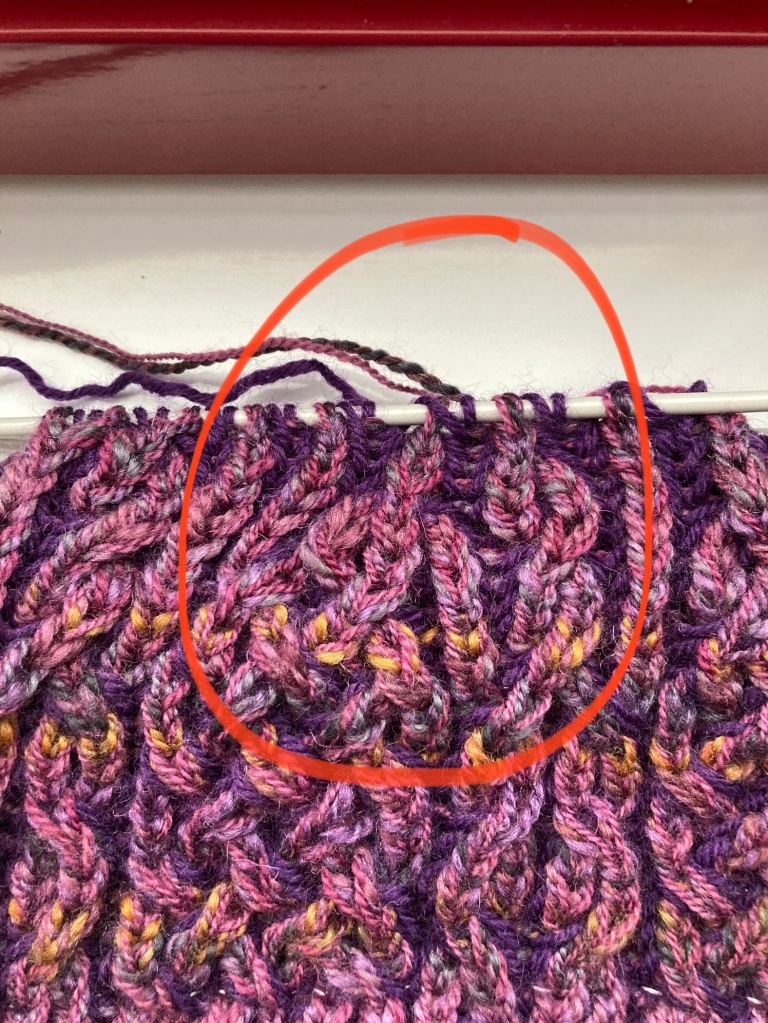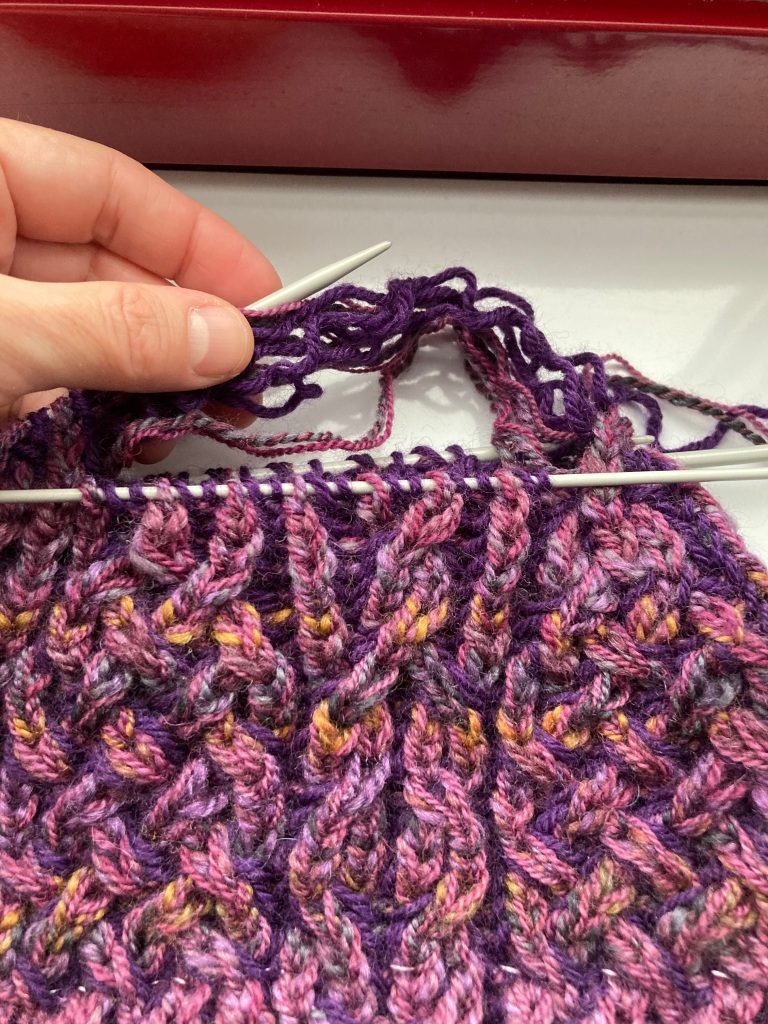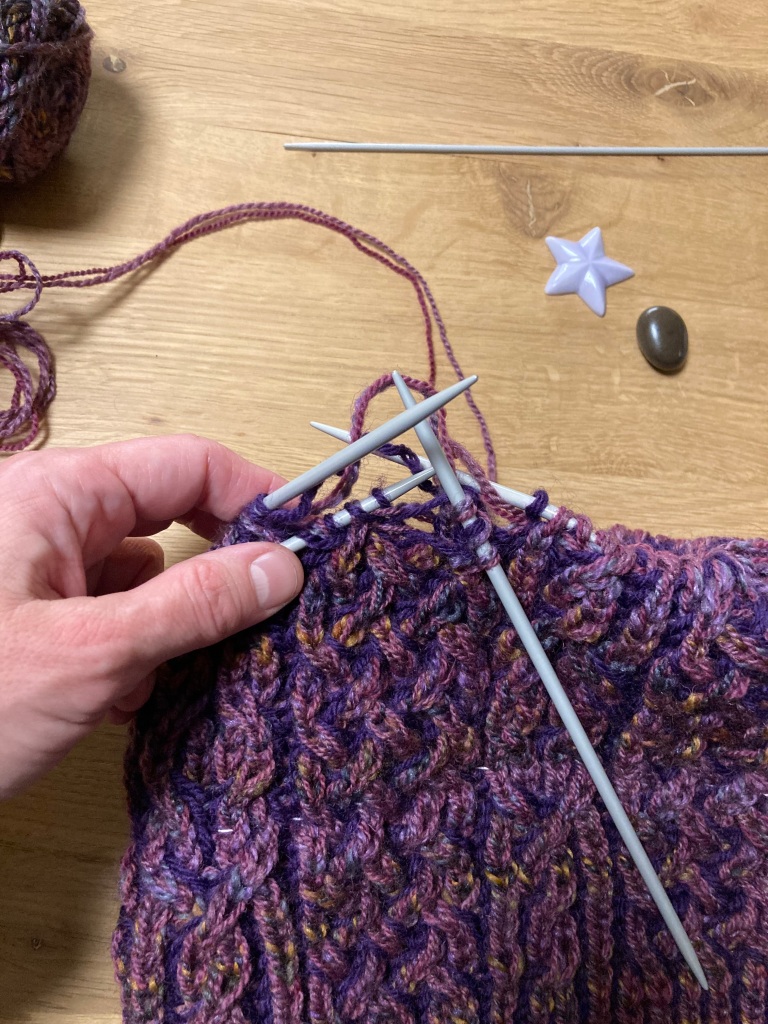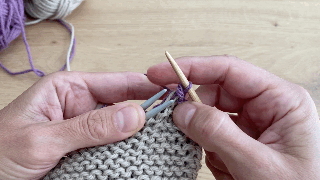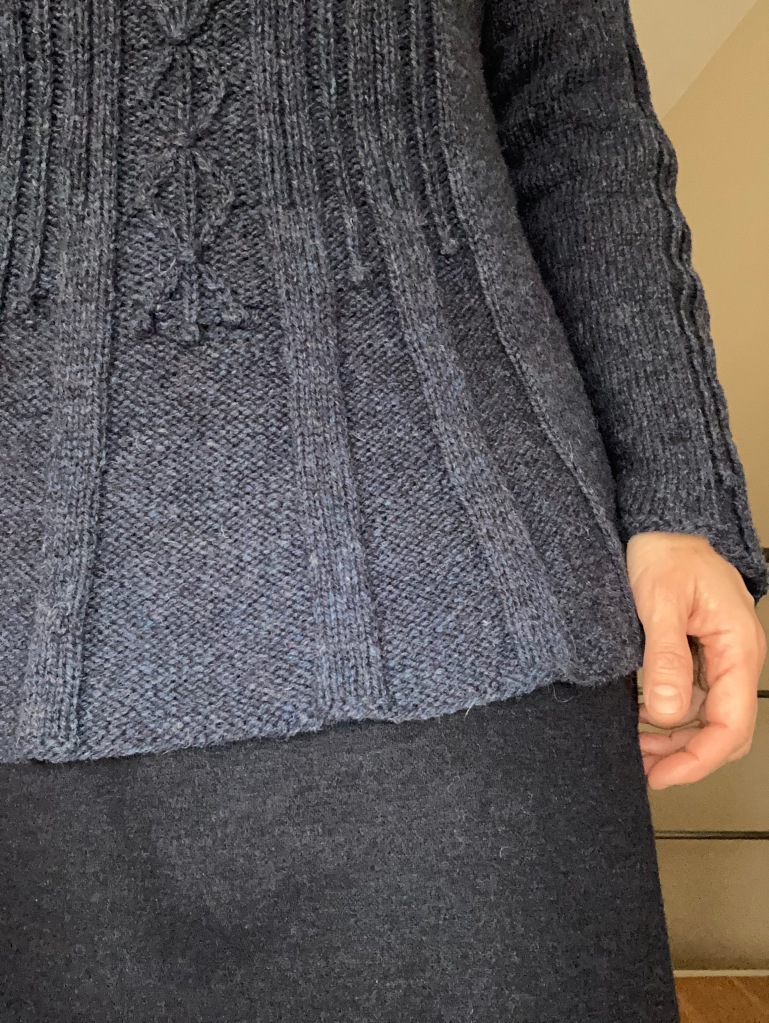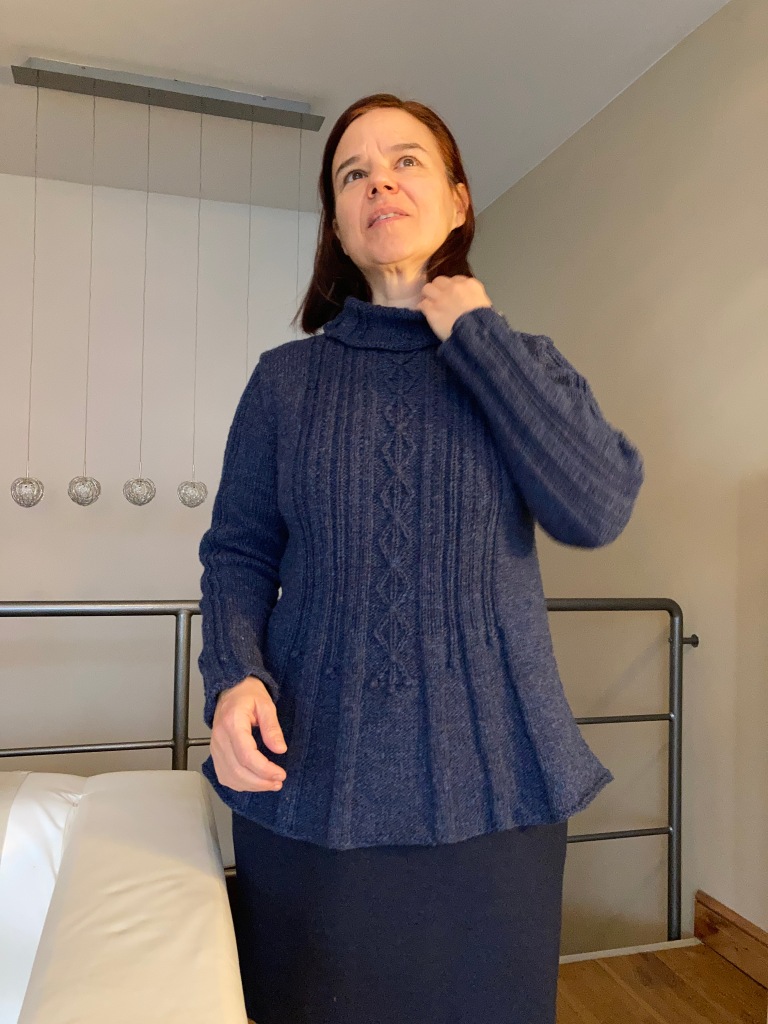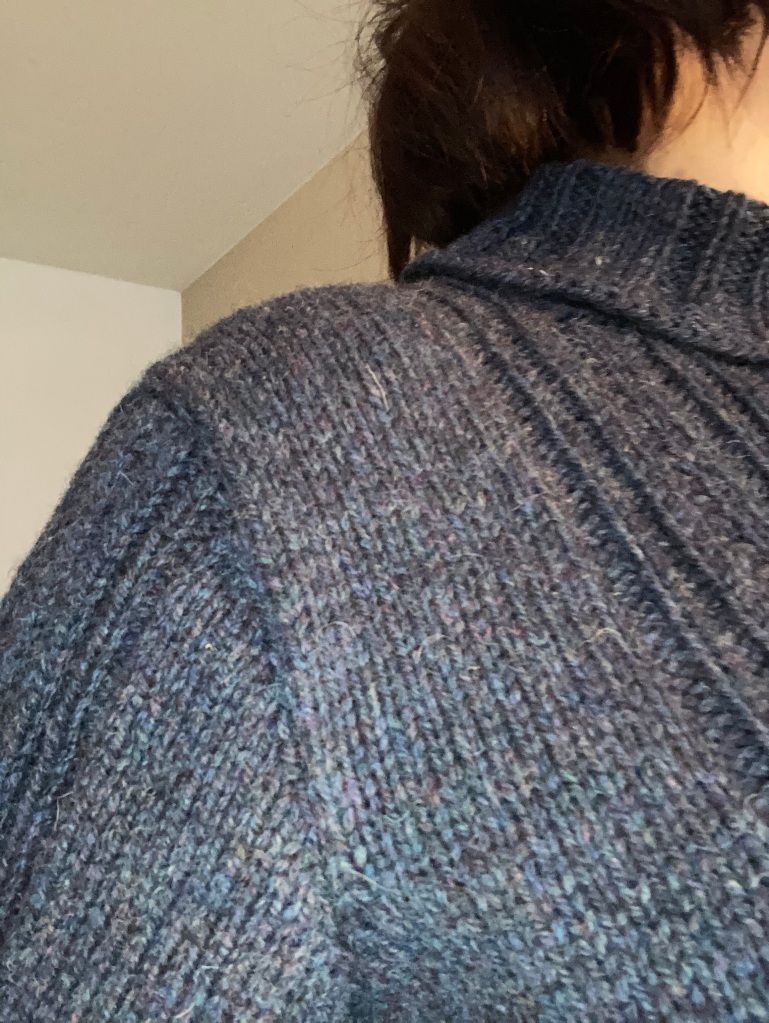Depending on what you are making, you may need to increase the number of stitches on your needles. There is a number of ways to do this.
For a neat look, increases (like decreases) are best worked a couple of stitches from the selvedge.
Garter Stitch Increases
The following increases are common beginners’ increases. You may encounter them in all kinds of knits, but they are all very suitable for garter stitch. If, however, you are looking for increases to be used in a stocking stitch sweater, scroll down to the section Stocking Stitch Increases.
Yarn Over
The simplest kind of increase is probably the yarn over: simply bring the yarn over the right needle. In the next row, knit this loop as if it were a regular stitch.
Backward loop
But… a yarn over leaves a hole. This may be the effect you want if you are knitting lace, but if you do not want a hole, you can knit the yarn over through the back loop in the next row or you can twist it immediately: the backward loop increase.
The backward loop is my favourite increase for garter stitch.
This increase can also be used to cast on multiple stitches in the middle of your project at the end of a row.
Knitted Cast on
Another way of adding multiple stitches at the end (or rather the beginning) of a row is the knitted cast on (a.k.a. chain edge cast on). When you have completed a row, turn the work and add the required number of stitches.

Kfb
Another common increase is the kfb (knit front back, i.e. knit the stitch first through the front loop and then through the back loop). This increase is asymmetrical: it creates a horizontal bar at the base of the new stitch. It is often used in garter stitch, where the increases are hidden behind the ridges, or in cases where you do not need symmetrical increases.


Until recently I never used kfb’s if I needed symmetrical increases. But indeed it is possible to make a mirrored kfb. Here’s how it’s done:
Increases in Stocking Stitch
Whereas increases in garter stitch may be hidden by the ridges in the fabric, increases in stocking stitch are much more visible. So here you need symmetrical increases that will blend in with the fabric.
Make One Increases
My go to increases in stocking stitch are the make one increases (M1, M1R – make one right and M1L – make one left).
M1R (Make One Right):
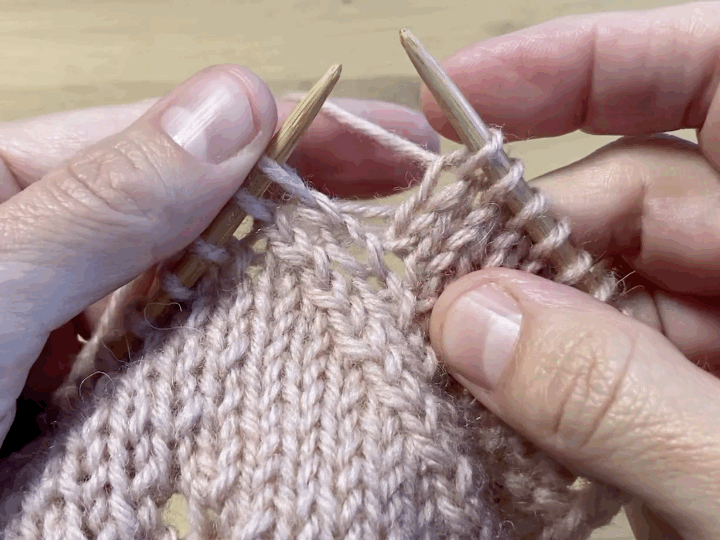
M1L (Make One Left):
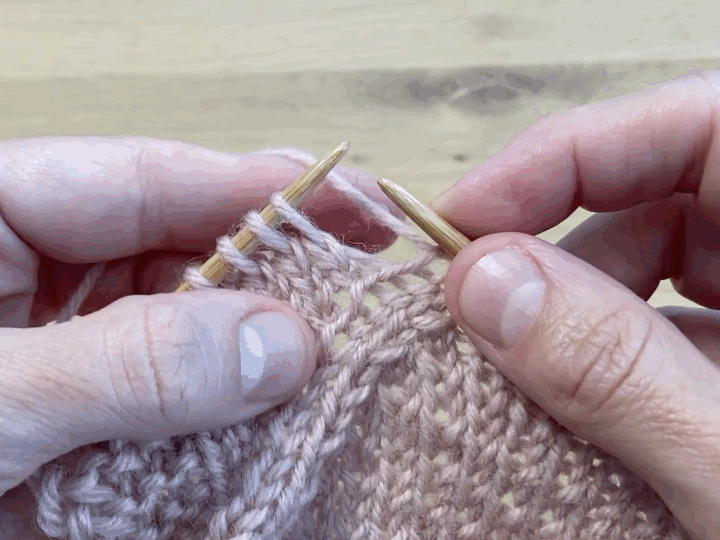
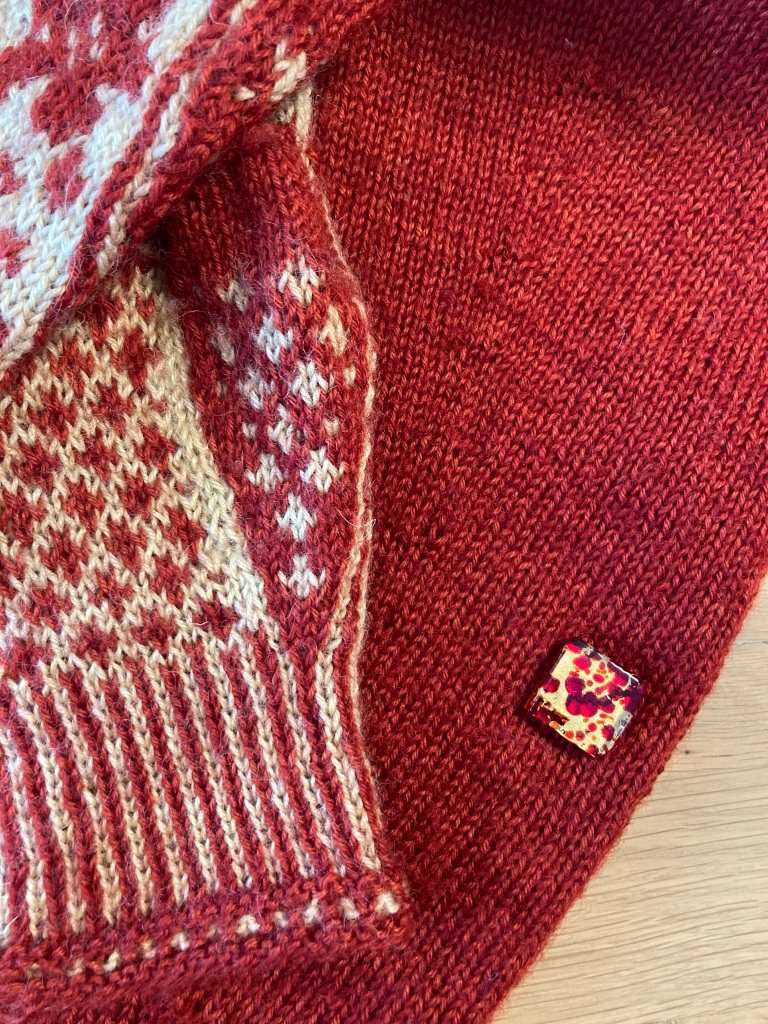
Lifted Increases
A neat and symmetrical alternative to the make one increases for stocking stitch are the lifted increases – RLI (right lifted increase) and LLI (left lifted increase).

For a right lifted increase: pick up the right leg of the stitch below the stitch on the left needle and knit it.
For a left lifted increase (LLI) you need to pick up the left leg of the stitch two stitches below the one you have just knitted (since you have already knitted the stitch in question). Knit this leg through the back loop so as not to twist it.
Purl Increases
Shaping is usually done on right side rows, but occasionally you are going to need a purl increase.
This is how to work symmetrical increases on the purl side:
- Make one purl right (M1PR)

- Make one purl left (M1PL).

Multiple increases
Multiple increases can be done in different ways, depending on the effect you want to achieve: You can alternate:
- between a knit stitch and a yarn over (Kyok) or
- between knitting through the front and the back loop (Kfbfb) or
- between knit and purl stitches (Kpkp).
Multiple increases are typically used in bobbles.

Kyok

Kfbfb
KpKp
…
… and then, of course, it’s possible to make any number of combinations of the above. The following video e.g. shows how to make a multiple purl increase: pfbfb.
Have I forgotten something? Do you know any other technique for increases? Let me know in the comments below 👇


